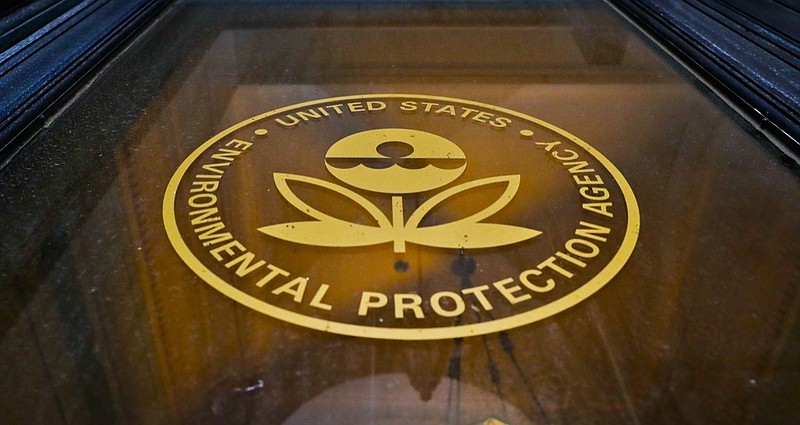Environmental regulations that protect the public's health have either been trashed or ignored under the current administration. In multiple instances the demands of industry have overridden concerns for the wellbeing of people.
In September, the Environmental Protection Agency announced plans to roll back rules from 2015 that regulate disposal of wastes, which include ash and sludge, from coal-fired power plants. These byproducts of combustion of coal contain heavy metals such as mercury, lead and arsenic. More recently, highly carcinogenic hexavalent chromium has been detected in this waste. Most of these wastes are stored in more than 1,400 retention ponds across the country. Many of these retention ponds are unlined, which allows toxins to leach into streams and ground water. Coal ash and sludge may also be used in landfills, as a component of concrete, a top layer on unpaved roads, and as an additive that is sprayed on farmland. In each instance toxins can escape into the environment.
Tighter regulations stemmed from leakage of waste from retention ponds. Sometimes the dams at the ponds ruptured. The most catastrophic of these occurred in 2008 when a containment pond in Kingston, Tennessee, burst and released more than one billion gallons of toxic sludge into the Emory River. In September 2018, floodwaters from Hurricane Florence led to a breach of a retention pond near Wilmington, North Carolina.
The revised rules of 2015 required increased inspection and monitoring of both storage sites and the plants that produced the wastes.
The EPA announced a relaxation of these tougher standards last month. Older, coal-fired power plants would be exempt from monitoring.
Animal wastes pose another complex problem. Earlier this month, a coalition of environmental organizations sued the EPA for its failure to update national water-pollution standards that apply to wastes from slaughterhouses. Current rules were formulated 15 to 30 years ago. Last year more than 5,000 slaughterhouses processed eight billion chickens, 100 million hogs and 30 million cattle. The majority of the processing plants are owned by large corporations. An estimated 4,700 hundred slaughterhouses discharge their wastes directly into waterways. These wastes include inedible parts of carcasses, blood, urine, feces and chemicals used in raising the animals. Wastes can pollute ground water and streams. Alternative disposal methods include composting and incineration.
Health issues related to fracking - the hydraulic shattering of deep shale to obtain natural gas - are yet to be fully investigated and regulated by the EPA. A detailed review of hundreds of scientific articles earlier this year proposed links between fracking and premature births and high-risk pregnancies in nearby populations. Chronic fatigue and migraines have also been linked to fracking. The study also documented soil, water and air pollution related to the process.
Policies enacted by Scott Pruitt, who served as the first head of the EPA in the Trump administration, led more than 700 staff, including 200 scientists, to leave the agency. Following Scott's resignation under a cloud of ethical issues in July 2018, the president nominated Andrew Wheeler to head the EPA. The former lobbyist for the coal industry was confirmed by the Senate in February of this year. Continued weakening of environmental regulations has characterized his tenure.
If EPA leadership is totally subservient to business and industry, who will speak for the people and for the maintenance of a healthy environment? Is human health simply discounted in the decisions of the EPA in this administration? Without the continuing research, investigations, and litigation of such non-profit, public interest organizations as Earthjustice and the Environmental Working Group we would be at the mercy of powerful opponents to environmental health.
Contact Clif Cleaveland at ccleaveland@epbfi.com.

